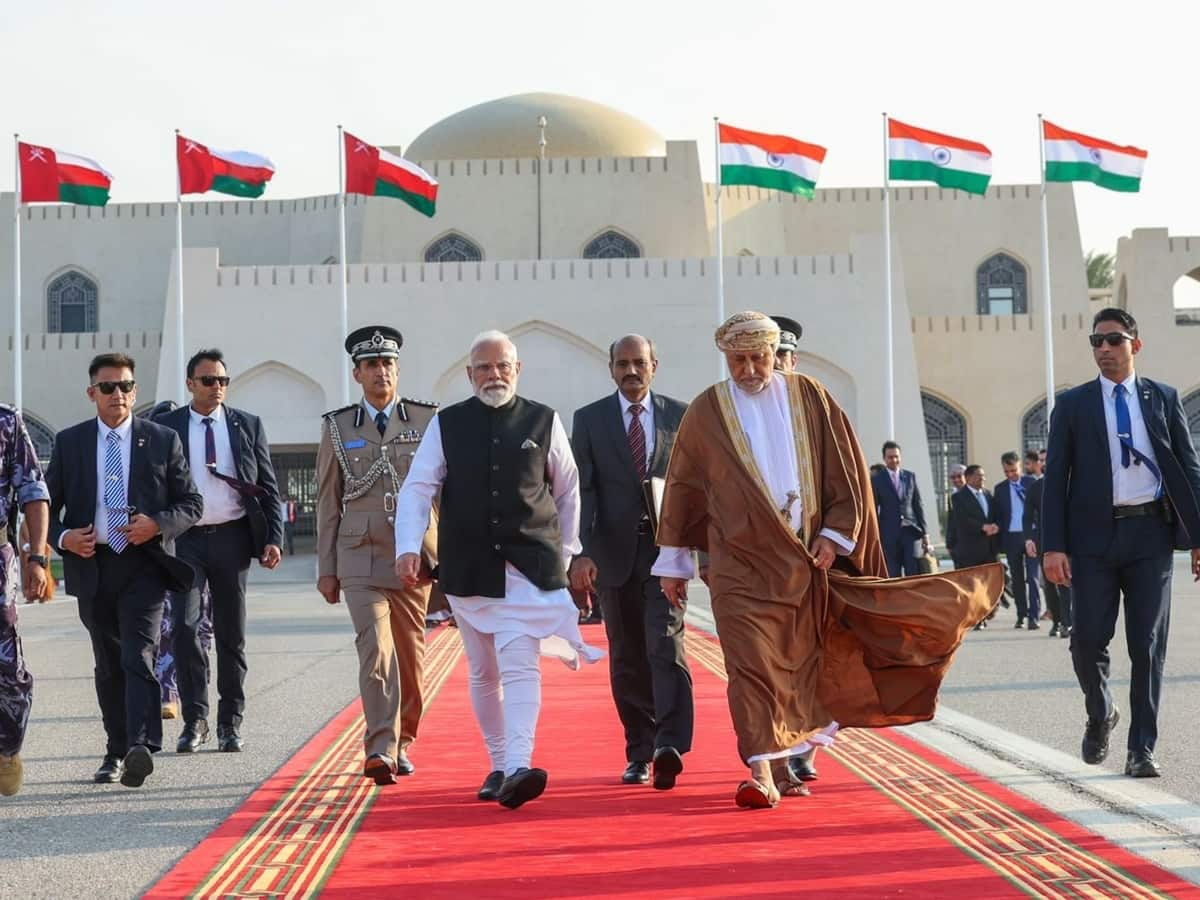Prime Minister Narendra Modi recently lauded India’s exceptional economic performance, stating that the nation remains the fastest-growing major economy in…
Browsing: GDP
Prime Minister Narendra Modi recently declared that India continues to hold the distinction of being the world’s fastest-growing major economy,…
Pakistan has provided details of the economic losses resulting from recent flooding to the International Monetary Fund (IMF). According to…
The G7 Summit, currently taking place in Canada, brings together a group of the world’s wealthiest nations, but the absence…
New Delhi: India’s GDP growth is expected to increase to 6.9 per cent in Q4 FY2025 from 6.2 per cent…
Trump’s Reciprocal Tariffs: Global brokerages and economists have warned of an impending US recession after factoring in the impact of…
New Delhi: Digitisation, reforms, financial inclusion are among several factors that have contributed to India’s economic growth over the past…
New Delhi: India’s economic growth is expected to pick up momentum in the third quarter of the financial year 2024-25…
Mumbai: India’s GDP growth is set to further improve in the second half this year due to macroeconomic stability, supported…




